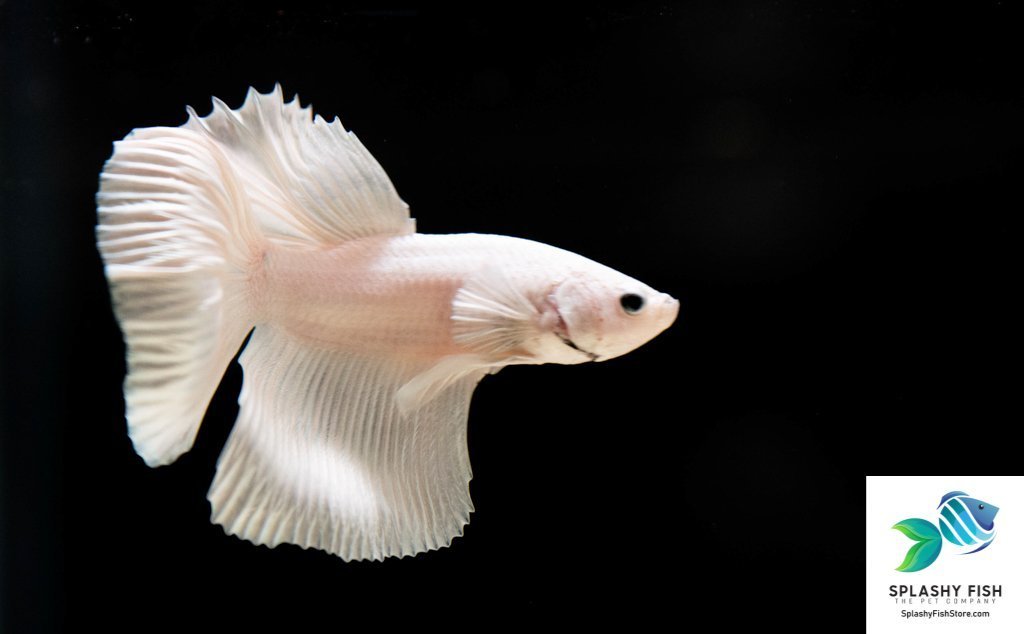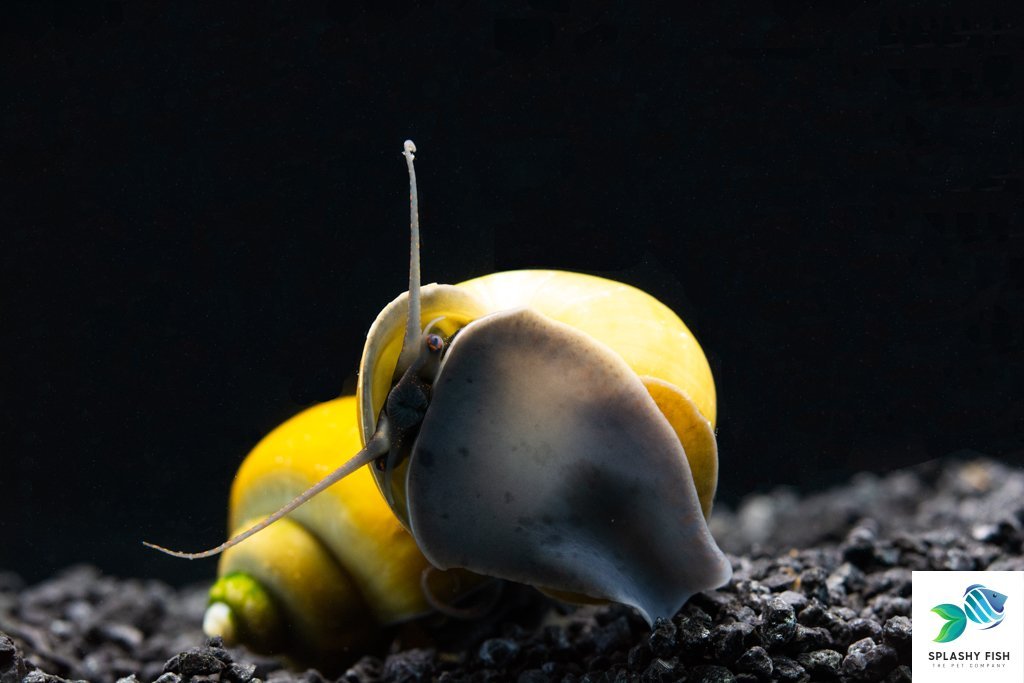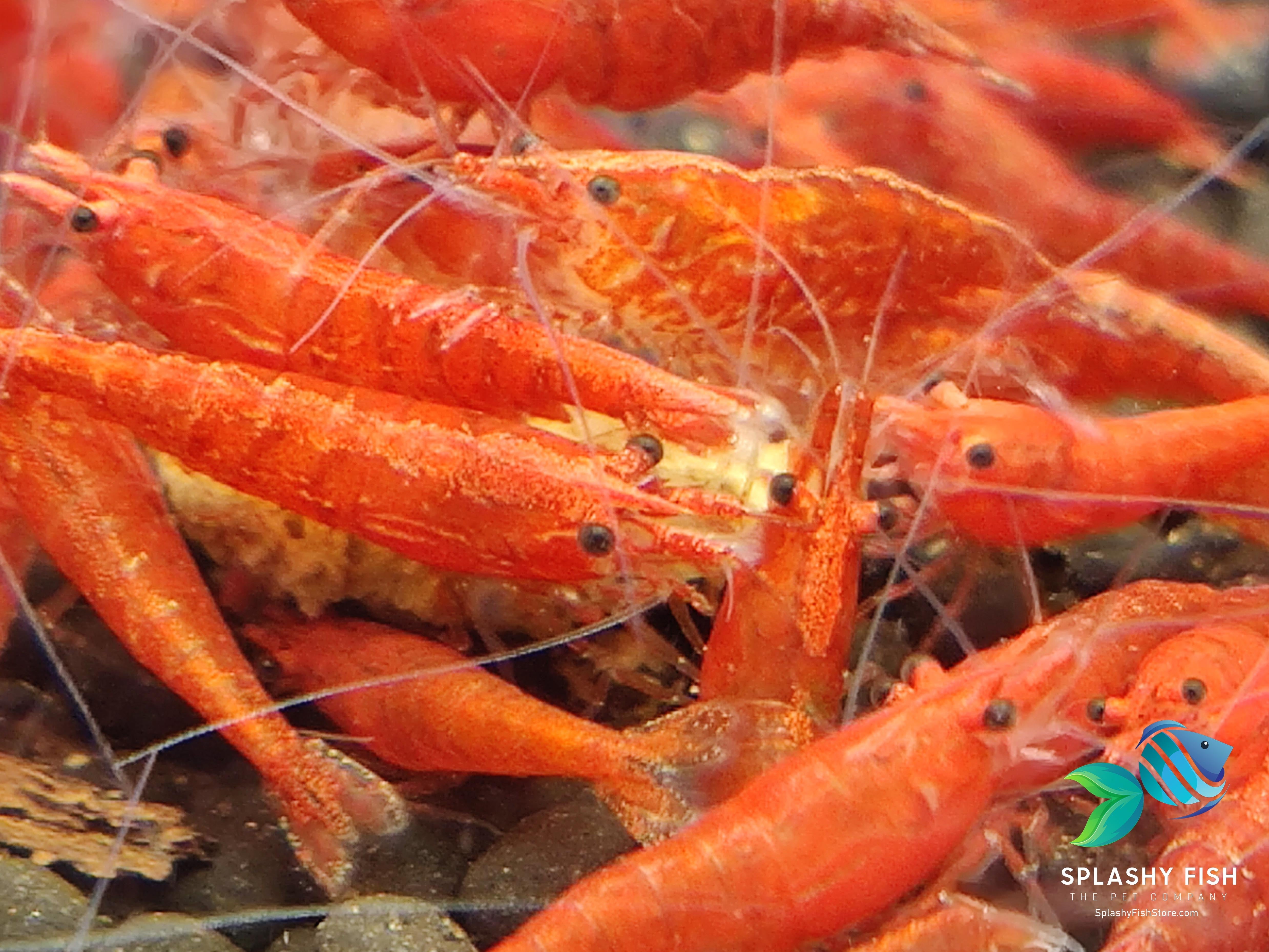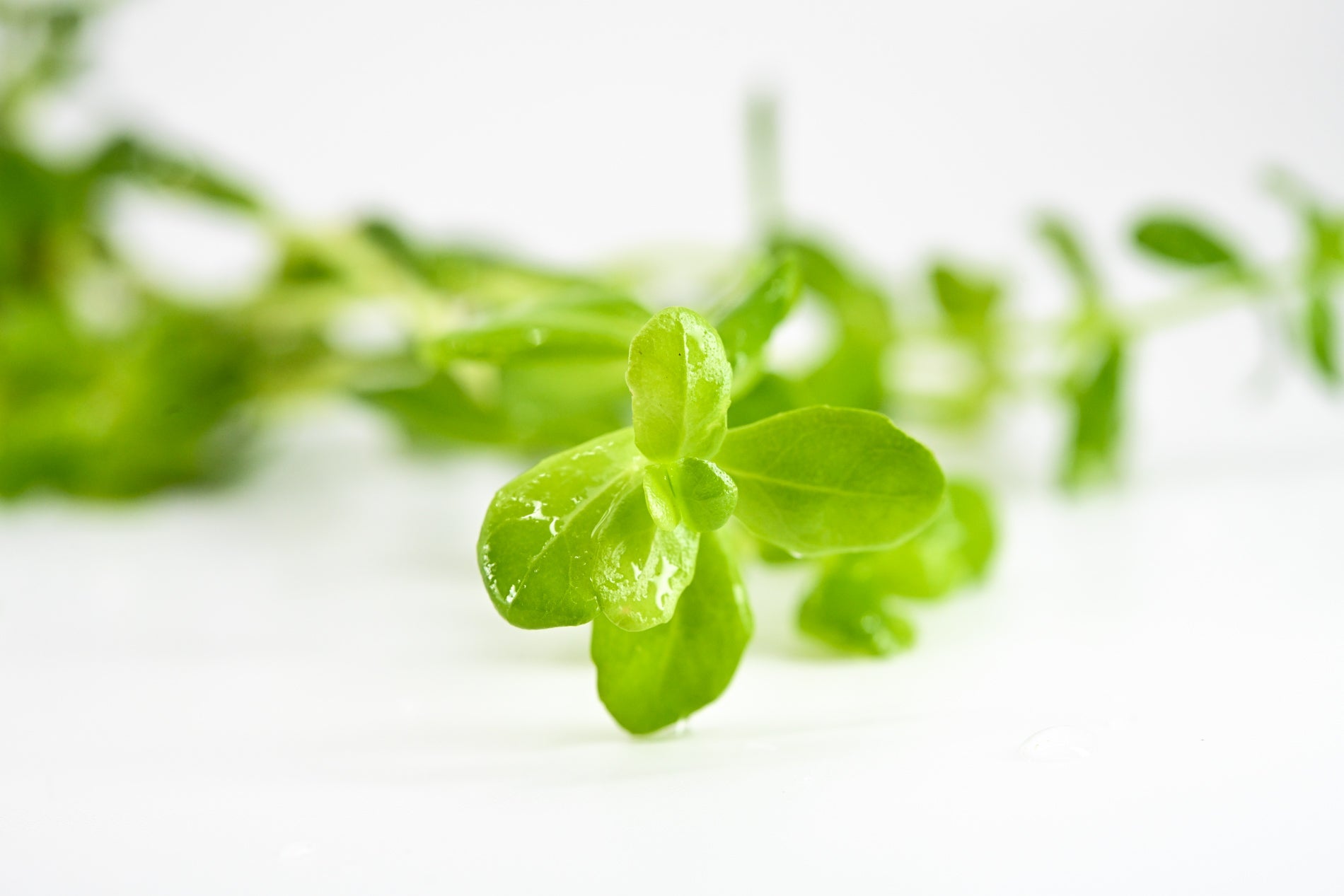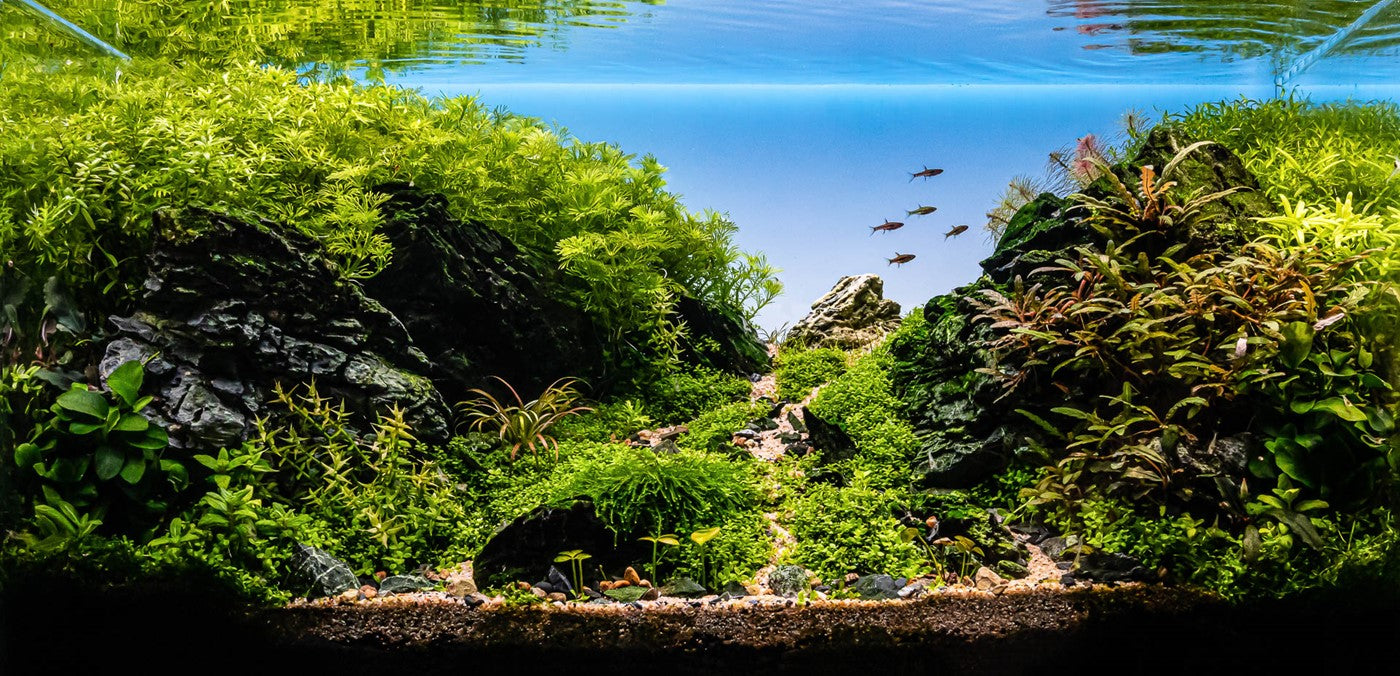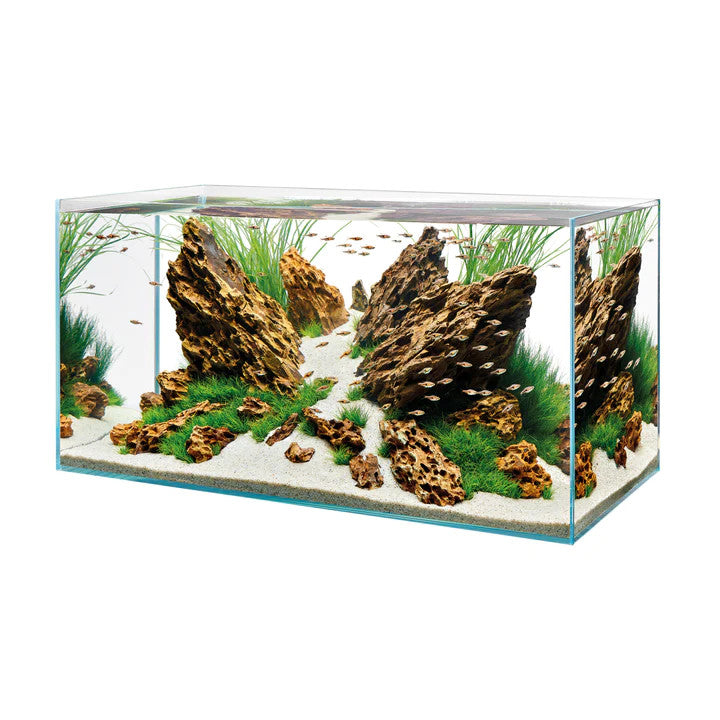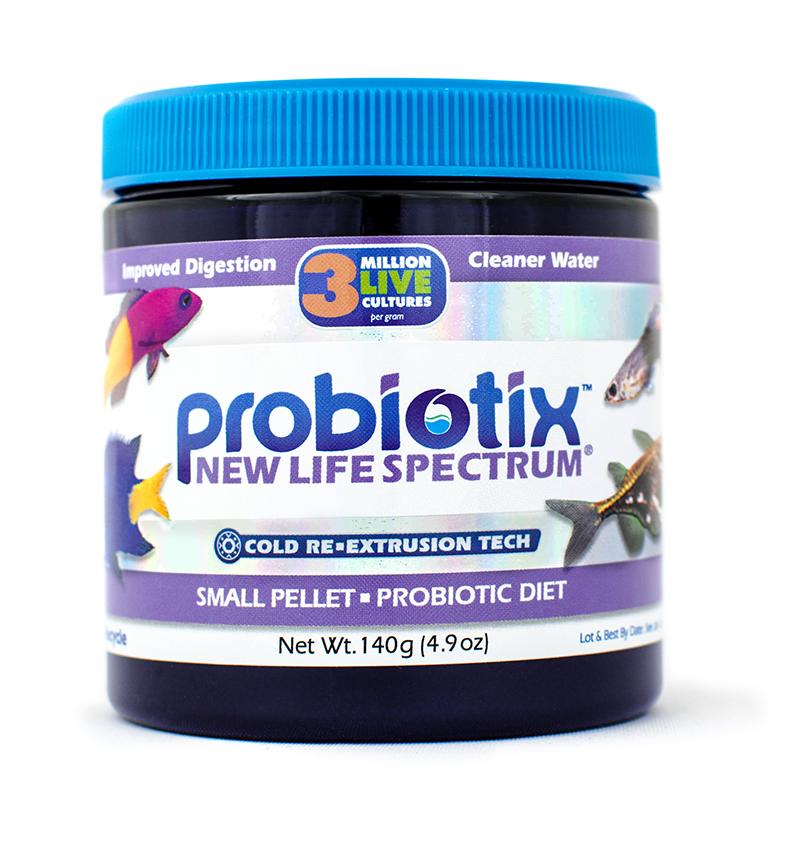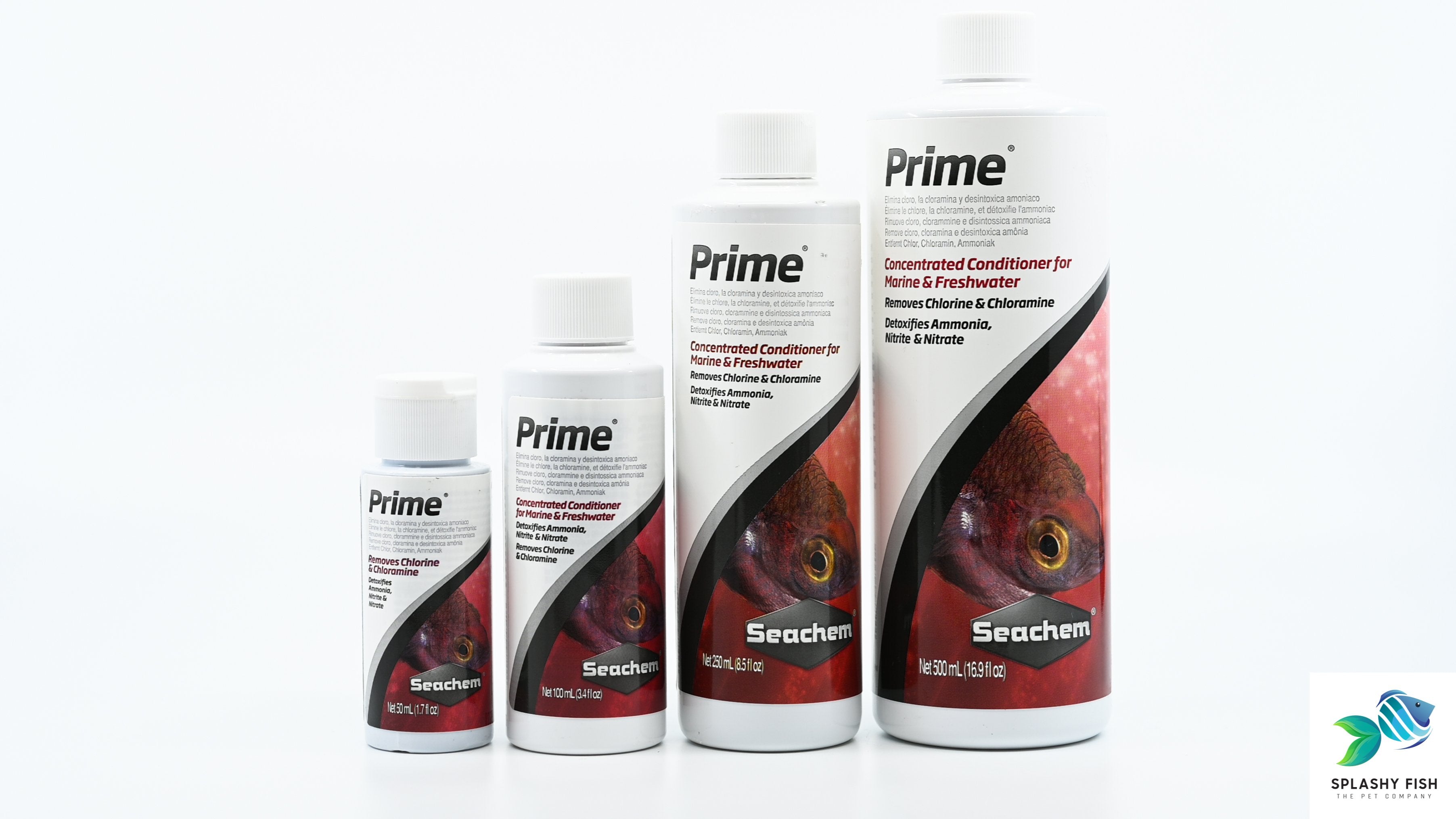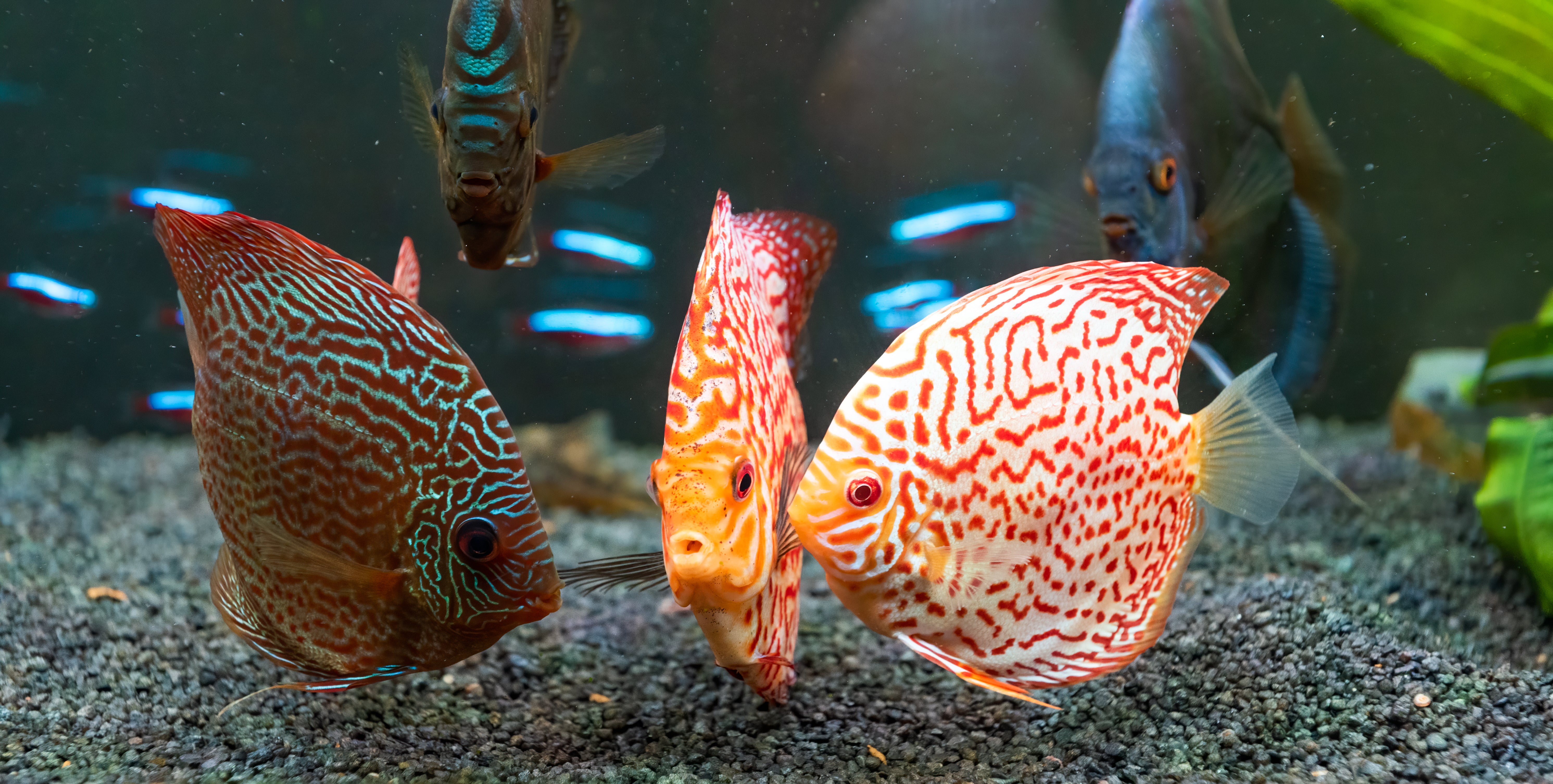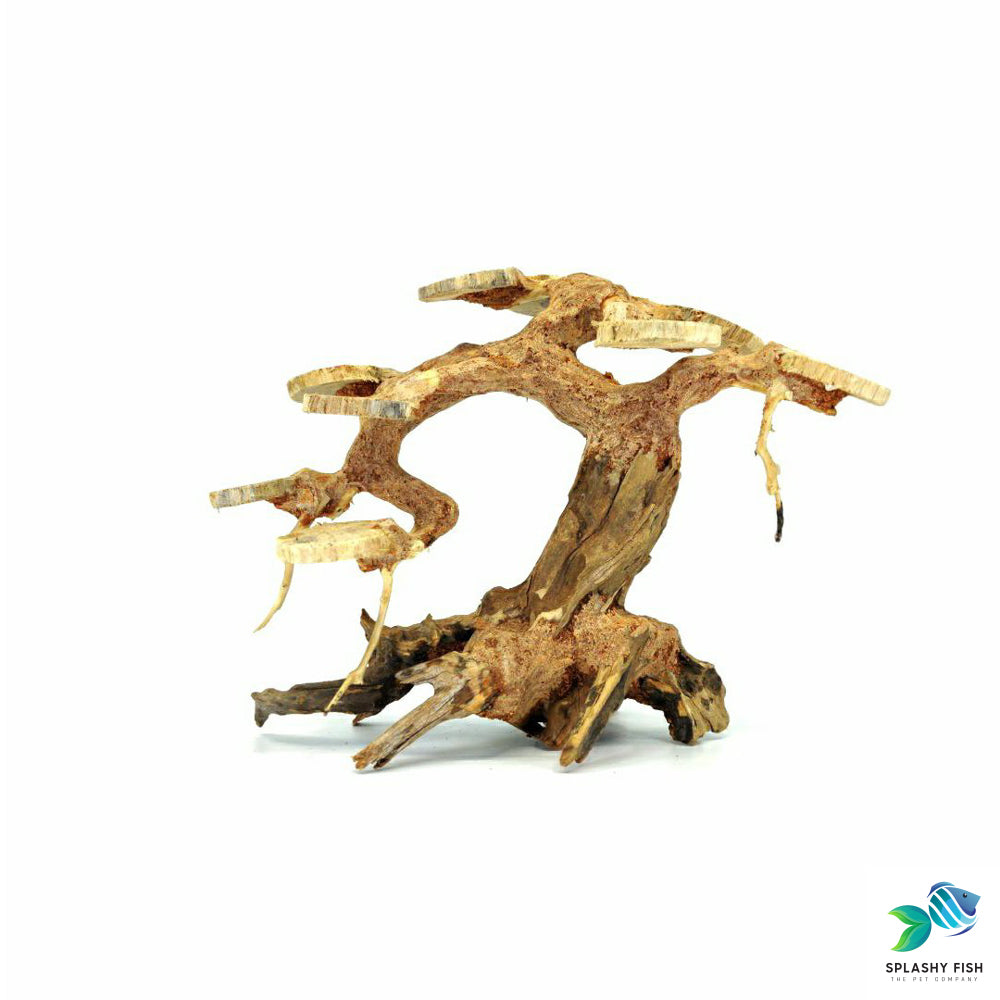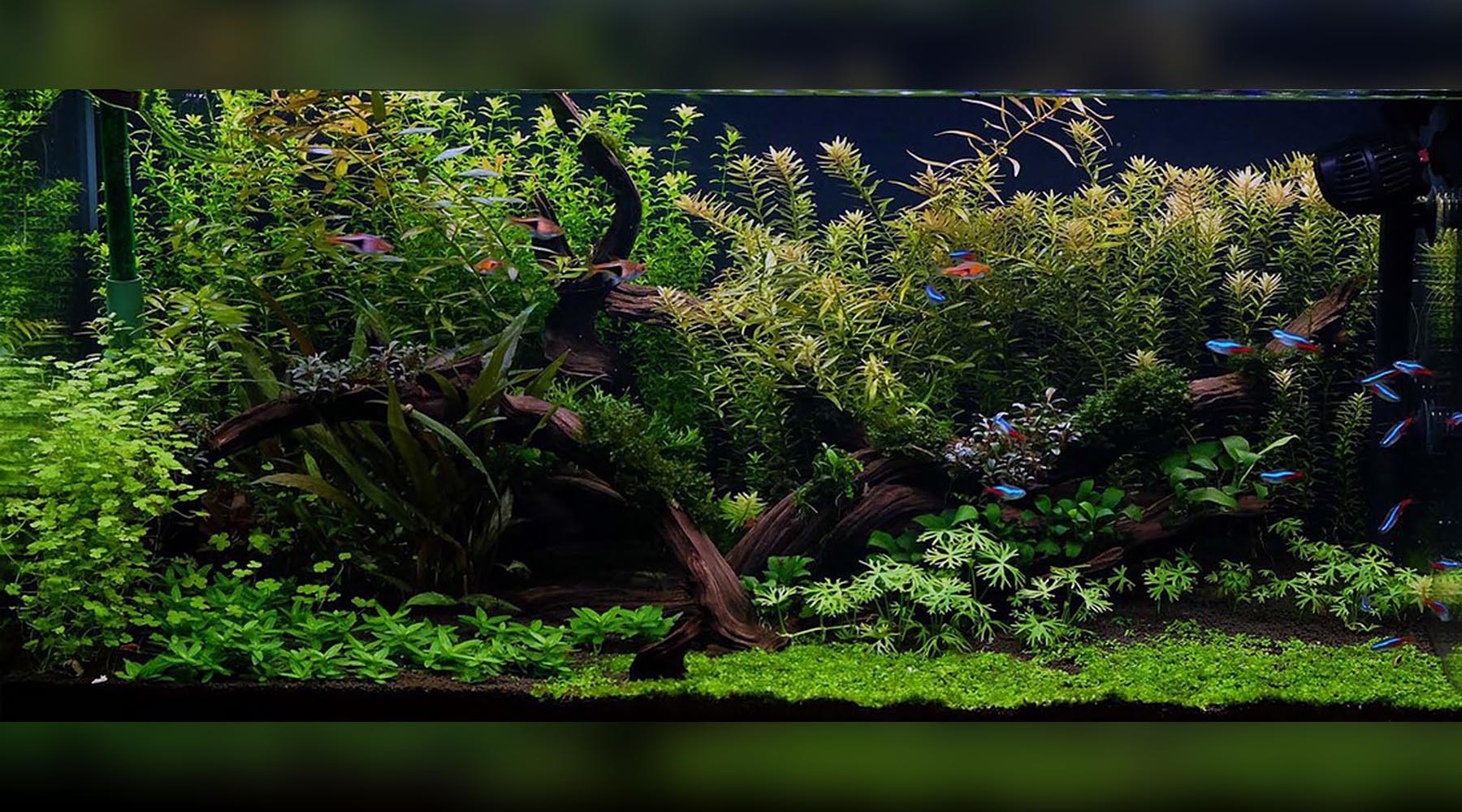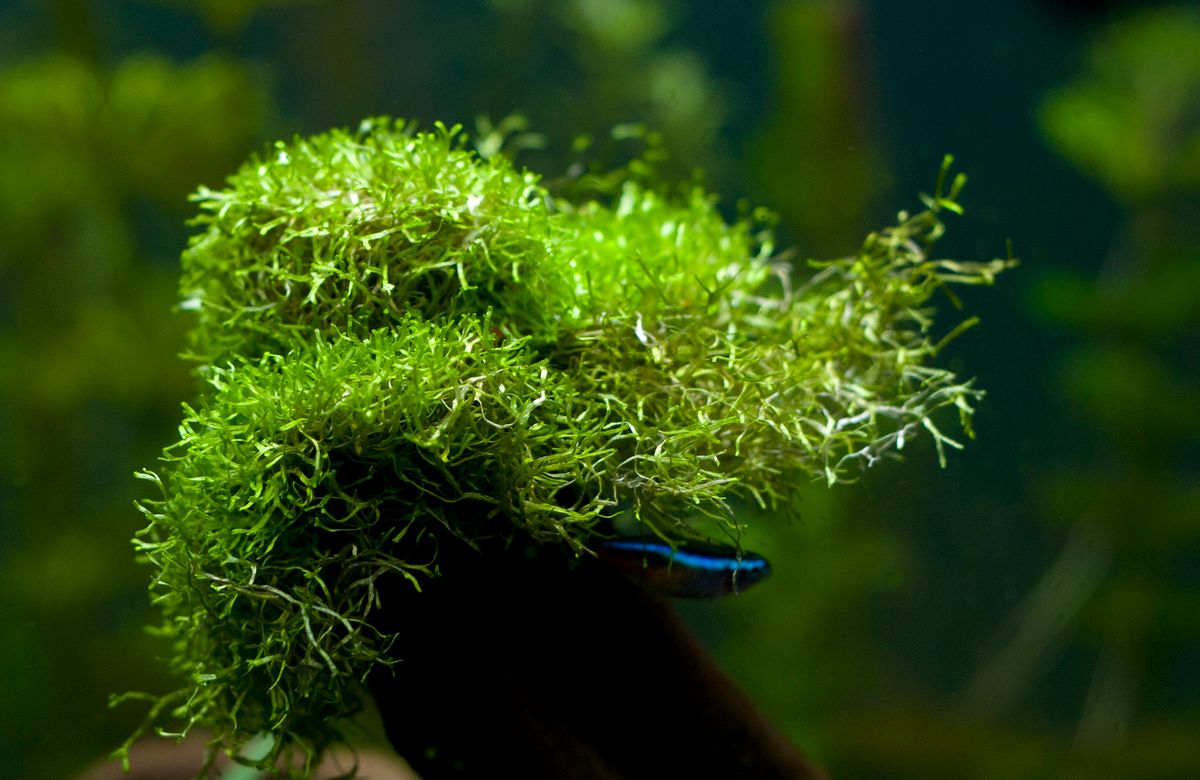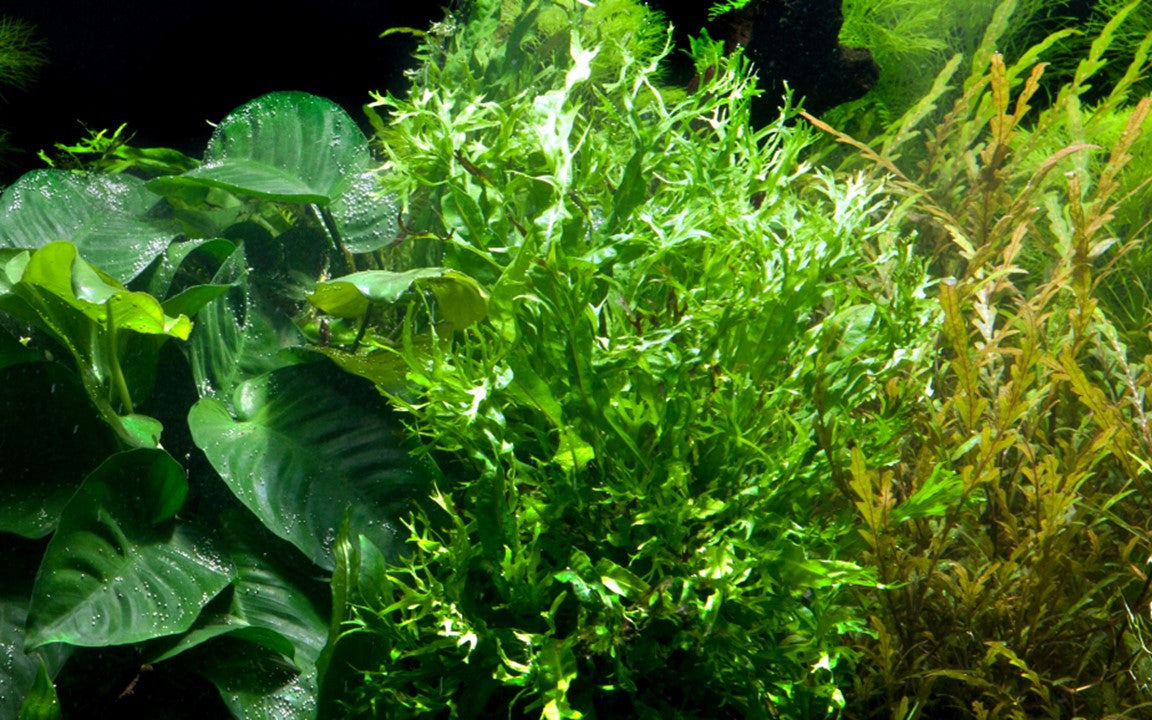Care Guide For Neocaridina Shrimp
NEOCARIDINA SHRIMP & WHAT YOU SHOULD KNOW TO KEEP THEM & How can you take care of Freshwater Shrimp?

Fancy to have Neocaridina Shrimp as pets but unsure how to keep them. Don’t worry, let us sort it out for you.
Hardy, adaptable, easy-to-keep as they are, it is not exaggerated to say Neocaridina Shrimp are an ideal choice for any aquarist, especially beginners who have great passion about shrimp.
What do Neocaridina Shrimp look like?
Neocaridina Shrimp are small crustacean with translucent, elongated bodies. Their normal size in length may be up to 1.5 inches. They are best known for their beautiful solid coloration for example red, blue, yellow, black, orange. You may find it in most common Neocaridina Shrimp of Sakura Red Cherry Shrimp, Fire Red Cherry Shrimp, Bloody Marry Shrimp, Blue Sky Shrimp, Blue Velvet Shrimp, Blue Dream Shrimp, Yellow Shrimp, Yellow Golden Back Shrimp, Orange Shrimp.

(Photo of Blue Velvet Shrimp by our customer Matthew Bombaugh)
Fact: Neocaridina Shrimp’s natural coloration is greenish-brown. Their current coloration (mostly seen in fish stores) is the result of selective breeding.
Neocaridina Shrimp will also be graded differently depending upon the color brightness and intensity. Nevertheless, color change may also happen (turn pale or extremely bright) due to various reasons (such as inappropriate nutrition, parameters, neighbors, environmental surroundings).
How many Aquarium Shrimp should I keep in an aquarium?
Neocaridina Shrimp should be kept in groups as they have schooling behavior. A tank of 5 gallons aquarium tank is recommended for a small group and 20 gallons tank would be perfect for a colony. Neocaridina Shrimp are generally found in streams and ponds. As such and to replicate their natural habitat, you can put some live aquarium plants and aquarium substrate in your aquarium. The most chosen live aquarium plants are java moss, baby tears, green cabomba, cladophora algae. Driftwood is also encouraged as Neocaridina Shrimp can feed on algae growing thereon.
Tips: Neocaridina Shrimp will acquire richer color when being kept on dark soil. To serve this purpose, you can put Fluval Stratum substrate in your aquarium.
One important thing you should always bear in mind is that no nitrite, ammonia, copper is allowed in a tank environment. These are regarded as toxicity to Neocaridina Shrimp.
Freshwater Shrimp Aquarium Water Parameters
Although Neocaridina Shrimp can adapt to a wide range of water conditions, it requires stable water parameters. You can refer to the below.
Temperature: 65o - 80oF (~ 18.3o - 26.6oC)
pH: 6.4 – 8.0
kH: 0 – 10
gH: 4 - 14
TDS: 80 - 200
Water change: 20% per 7-10 days
Diet/ Feeding
They can accept algae, debris, frozen bloodworm, leaves of fruit trees, seaweed. However, as noted above, nutrition will affect their appearances. If they only feed on frozen food, their shell shade will be saturated or if they frequently eat flakes, their coloration may turn pale. To prevent this happening, you should balance their diet between vegetation and other artificial fish food.
Since Neocaridina Shrimp are tiny and they may find their food in the surroundings, you do not need to feed them frequently. Once in a day is enough. Keep in mind that the quantity should be fed up in a couple of hours. If not, you will need to remove the leftovers because it will adversely affect the water’s quality and Shrimp health.
Aquarium Shrimp Tank mates
They are peaceful creatures and can get along well with small, calm, non-aggressive fish such as, Platies, Guppies, Mollies, Zabra fish, Corydoras fish, ramshorn snail, nerite snail. Despite that fact, they are still considered vulnerable and get harmed by small fish, especially those that are active and mobile. Be careful when you pick up tank mates for your dwarf shrimp or else, they may suffer constant stress which will make their appearances turn pale or even die.
Some unsafe “neighbors” include angel fish, goldfish, bettas, cichlids, pacu, discus.
(Another photo of shrimp with their neighbors)
How Does Freshwater Shrimp Reproduce?
You don’t need to have any special preparation for this stage. They are easy to care for and so easy to breed. What you need to do is providing them with good conditions, for example, covering your filter with a pre-filter (e.g., sponge) so the newborn won’t get stuck, and they are able to independently reproduce and increase their population. It'd better keeping them in a separate tank when they are in breeding period. This is because their newborn is likely eaten by small fish regardless of friendliness or not. Abundance of live aquarium plants is necessary as it provides not only strong shelters for baby/ young Shrimp but adequate food as well.
Shrimp Molting
You may sometimes see their crystal shell floating in the water. They are simply molting. It happens when Neocaridina Shrimp grow up and the current shell no longer fixes them. In this stage:
- Your Shrimp are in extreme defenselessness because their new “protection” may not harden enough. Thus, they may hide themselves in the live aquarium plants until it firms up.
- Calcium in the water plays an important role as Neocaridina shrimp use it to help build their shells. Make sure you supplement them enough calcium (in both water and food).
- There is no need to clean the shed shell. Your Neocaridina Shrimp are happy to eat it to supplement their nutrients.


